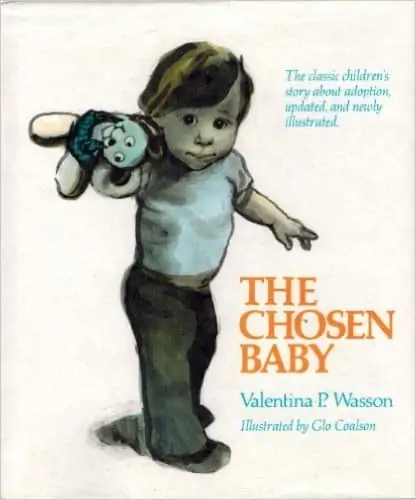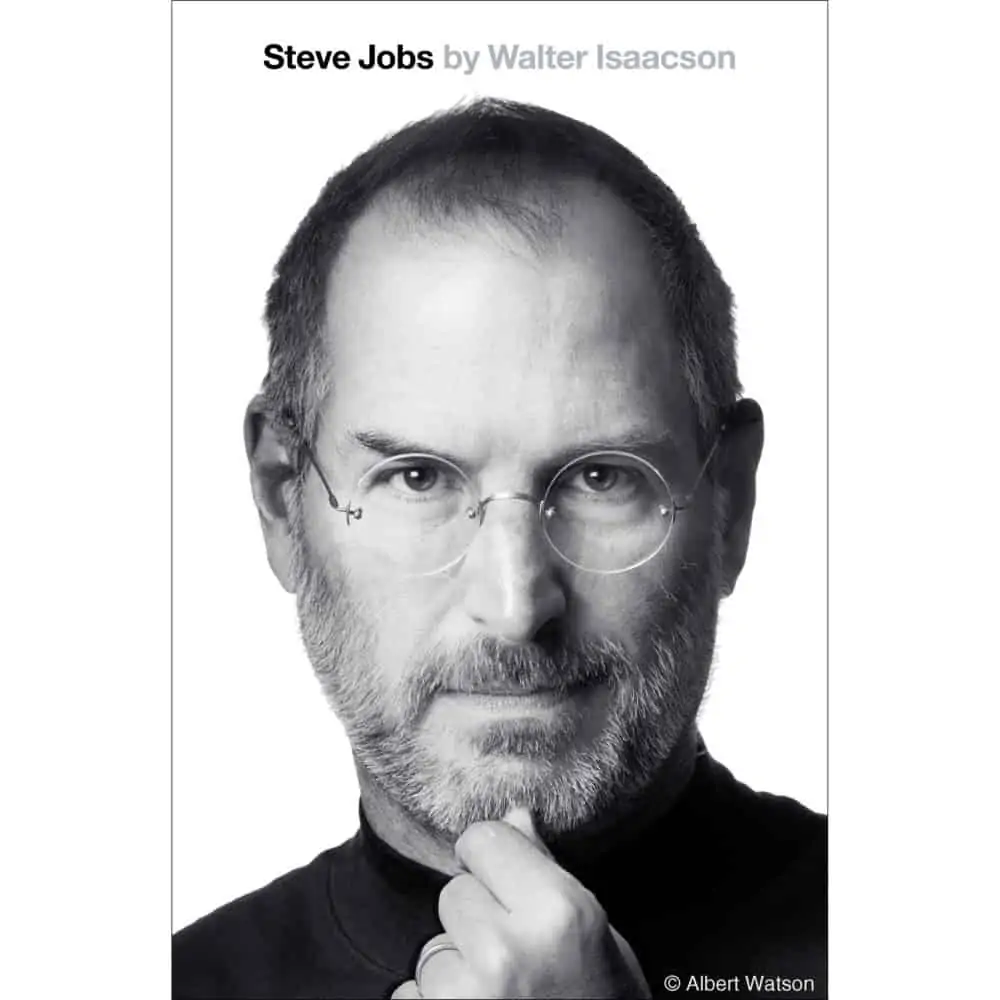What Adoption Did to Steve Jobs.
You may wonder what a blog post entitled, “What Adoption Did to Steve Jobs” is doing in a blog about executive recruiting. Adoption is the reason I became a recruiter and the reason I became an investigative journalist — a story about The Good Search as executive recruiters that I share on this website. In fact, my adoption experience is fundamental to all that I do.
More to the point, our childhood stories of origin shape who we are and what we do. The movie Steve Jobs by director Danny Boyle and screenwriter Aaron Sorkin deepens our understanding of what adoptees experience our whole lives and what motivates us deep down. Consequently, understanding the influence of adoption has made me a better executive recruiter and human being.
Steve Jobs the Movie
Venture capitalist Stewart Alsop suggested that I go see the Steve Jobs, the movie, when it first came out. He intuited how much the Apple founder and I had in common. First, as a kid, I lived a stone’s throw from where Jobs grew up. Second, our parents adopted us as infants. The trifecta? Computing fascinated us. Steve Jobs and Steve Wozniak created the personal computers that, in turn, captured my imagination. From my Apple IIe onward, I have acquired dozens of Apple computers and devices over the years. In doing so, I have developed a close — albeit imaginary — relationship with Steve Jobs.
What Adoption Did to Steve Jobs: It Made Him Who He Was
In so many ways, Steve Jobs’ iconic persona seems a product of the adoption experience. Adoption made Steve Jobs who he was. Screenwriter Aaron Sorkin conveys that influence in this scene featuring Michael Fassbender as Steve Jobs and Jeff Daniels as former PepsiCo-turned-Apple CEO John Sculley. The scene laid me bare.
Adoptees Are Told They Were Chosen


Many well-meaning adopted parents read The Chosen Baby out loud to their adopted toddlers. The children’s book suggests adoptees are chosen and special.
But Adoptees Aren’t Chosen
As reassuring as the book may be, The Chosen Baby avoids the truth. There is no such thing as The Chosen Baby. Adopted parents do not get to pick and choose between multiple babies. More to the point, telling a child he was adopted because he was special can heighten the adoptee’s fear of abandonment. That child ends up believing he must remain special to remain adopted.
Most Adoptees Don’t Feel Chosen
For example, one adult adoptee who became an adopted parent reviewed The Chosen Baby on Amazon.com. She explained the social worker advised her not to use the book to educate her adopted child. The reviewer states:
“I still had the original book so I re-read it and soon understood the problem. In this book, the social worker is telling the prospective parent that they would find just the right baby for her, and not to worry if they didn’t feel that baby was what she wanted, they would find her another one. My mother, whom I loved dearly, used to tell me that she had sent a baby back. She said she had a big head. I’m sure from her perspective she was trying to make me feel special, but did it?”
The Flip-Side to Being Chosen
Many adoptees worry that adopted parents may un-adopt them if they’re not special enough. Interestingly, that primal fear produces the need for overachievement.
“It’s having no control. You find out you were out of the loop when the most crucial events of your life were set in motion. As long as you have control . . . I don’t understand people who give it up.”
— Steve Jobs (Aaron Sorkin)
Jobs Driven By the Pain of Adoption
In his book Steve Jobs, biographer Walter Isaacson wrote that “Jobs confided to close friends that he was driven by the pain he was feeling about being put up for adoption and not knowing about his birth parents.” That drive led him to create an extraordinary persona for himself.
Jobs Was His Own Creation
Steve Jobs was his own creation. Deep down, many adult adoptees know we are not the reflections of our adopted parents. Consequently, we create ourselves.
Undoubtedly, few understood the nuances of Steve Jobs’ inner life as well as Jonathan Ive, Apple’s Chief of Design:


“So much has been written about Steve, and I don’t recognize my friend in much of it. Yes, he had a surgically precise opinion. Yes, it could sting. Yes, he constantly questioned. ‘Is this good enough? Is this right?’ but he was so clever. His ideas were bold and magnificent. They could suck the air from the room. And when the ideas didn’t come, he decided to believe we would eventually make something great. And, oh, the joy of getting there!”
— Jonathan Ive, Apple Chief of Design
Photo Credit: Albert Watson
I Did Not Know Who My Birth Parents Were
As an adoptee, I did not know who my birth parents were. The court sealed my adoption records and they remain sealed to this day. Additionally, the court amended my birth certificate, which lists my adoptive parents’ names as though they gave birth to me.
Adoption is Primal Trauma
Like Steve Jobs, my family of origin gave me up, an event that registers as a primal wound. As a result, many adoptees go to great lengths to process that trauma to lead healthy lives. Indeed, as a young man, Steve Jobs went to India for 7 months when he was in his 20s. Clearly, the experience was transformational. He did what no one had done before. He founded Apple.
Yet Adoption Can Be Freeing
A friend of Job, Greg Calhoun, told Walter Isaacson, “Steve talked to me a lot about being abandoned and the pain it caused. It made him independent. He followed the beat of a different drummer, and that came from being in a different world than he was born into.”
Ultimately, for Steve Jobs, being different as an adoptee became “Think Different”, the legendary Apple tagline. In the end, adoption freed him.
Photographer Albert Watson took the iconic photo of Steve Jobs. The short video below tells how the photographer created the epic photograph. The video also reveals why Steve Jobs chose the photo as his favorite.
Childhood Inspiration Informs Core Values
If you’re interested in how childhood experiences shape who we become and what we do, check out Silicon Valley diversity. In the blog post, I reveal how former American Express CEO and current General Catalyst Partner and Managing Director Ken Chenault grew up wanting to become a civil rights leader and share a video interview.
A Childhood Dream to Become a Civil Rights Leader
For example, Mr. Chenault recalls U.S. Representative and civil rights legend John Lewis coming to his church. At the age of 13, the event captivated him. Today, one can draw a straight line between that seminal experience and Chenault’s founding of OneTen. The startup is upskilling, hiring, and advancing one million Black individuals without four-year degrees into family-sustaining jobs over the next 10 years. Mr. Chenault is helping to provide one million Black individuals with jobs. It turns out Mr. Chenault is a civil rights leader after all.
Question for the reader. What childhood experiences shaped what you decided to do for a living?
Thanks for reading! We welcome your comments. If you enjoyed our post, please show the love and share it with your friends by clicking the buttons below. It makes it easier for others to find the post.

